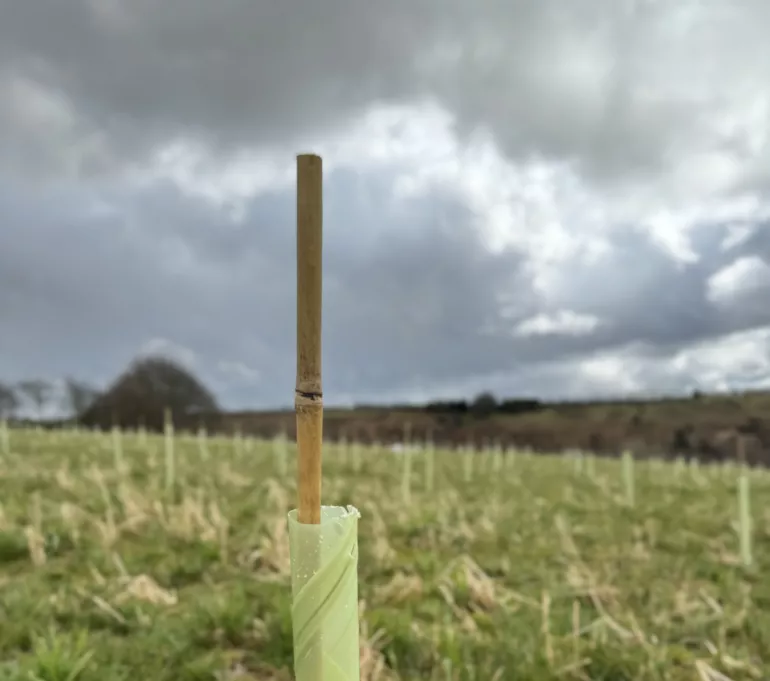Landowner FAQs
Your Questions, Answered
Drawing from our experience as farmers and our success with the Wellshead Estate BNG project, we offer practical insights into how BNG can work for your land.
Whether you're curious about the basics of BNG, wondering about its financial implications, or seeking to understand the long-term commitments involved, you'll find clear, straightforward answers here.

The Key Points
In 2024 it became law that developers, prior to getting planning permission, would be required to audit prospective sites for biodiversity according to Defra scoring schedules.
Upon finishing work the developer is required to replace the biodiversity plus 10%. If they can not do this they will need to buy units. Wellshead Natural Capital is working with landowners to create these units
BNG is a legal requirement introduced in 2024 that mandates developers to replace biodiversity lost during development, plus an additional 10%. If they can't achieve this on-site, they must purchase biodiversity units from third-party providers.
BNG offers farmers a new income stream as Single Farm Payments decline, helping to future-proof land assets while supporting conservation efforts.
Any land can potentially create BNG units, although land that's already highly biodiverse has limited potential for uplift. Ideally, land should be contiguous with existing biodiverse areas or create wildlife corridors.
The amount of land needed varies. Wellshead Natural Capital (WNC) typically proceeds with projects that can create 10 units or more.
WNC will visit your farm, explain the process, answer questions, and assess the land. If there's good potential, an ecologist will baseline the land. WNC will then consider possible uplift and discuss options with you.
For more information, visit our 'How It Works' page.
No. Land would have restricted use for 30 years from a section 106 agreement or a conservation covenant but it’s ownership would not change. Grazing may still be possible but with some minor restrictions.
This varies widely depending on the land's starting ecological value and potential for uplift. A hectare might create less than one unit or up to five units.
Earnings can vary depending on several factors, such as location, habitat type, and market demand.
In a recent 10-hectare project, 24 units were created. With units potentially selling for £15,000-£30,000 each, this could generate between £360,000 and £720,000 over a 30 year period.
Yes, there are costs for habitat creation and management, as well as various administrative/legal costs to Local Planning Authorities (LPAs).
A typical project might require £25,000 in the first year and £25,000 over years 2-5 for establishment and maintenance.
After establishment, land will be monitored and checked intermittently by your relevant Local Planning Authority or Responsible Body, but should require little to no maintenance if effective diversity development matches the land with local species.
WNC earns 10% from the final sale of the unit to a developer. This covers initial review, ecologist time, baseline processing, project registration, legal structuring, and acquiring industry buyers.
WNC bears most costs, but you will need to use your own solicitor for final documents.
BNG units are most valuable near areas of development due to the "Proximity Principle." This local demand influences market values.
No - As farmers ourselves, we understand the importance of minimising disruption.
Our projects are designed to work around you daily farming requirements, so creating BNG units has minimal impact on your existing operations.
Book Your Free Consultation
Ready to explore practical BNG solutions for your land or development?
Contact us today for a no-obligation consultation with our Land Team and learn how we can help you navigate natural capital markets successfully.